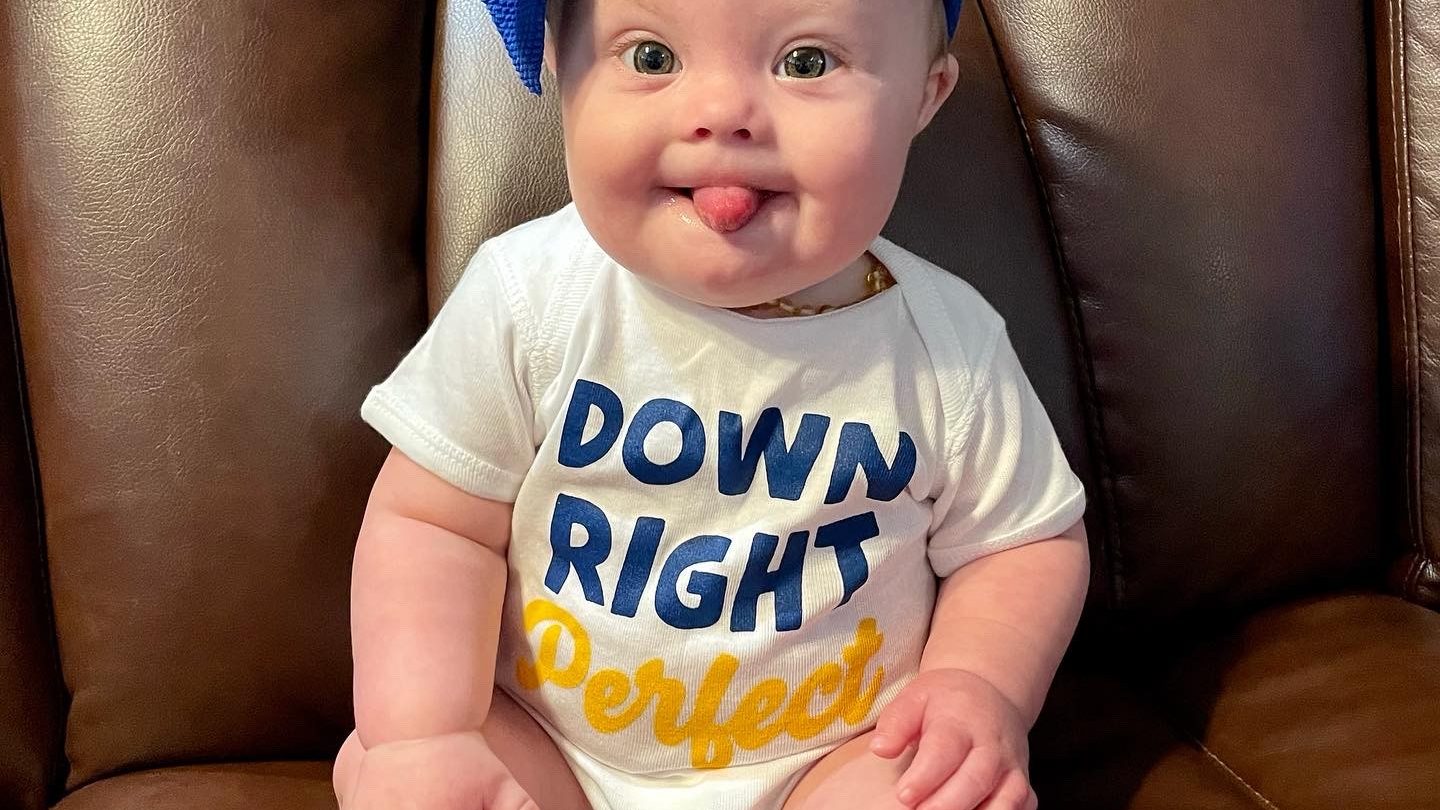Did you know that October is Down Syndrome Awareness Month? October was first designated as National Down Syndrome Awareness Month in the 1980s. Every year since, this month has been dedicated to raising awareness, celebrating abilities, and promoting inclusion.
So how can you join in? You can wear mismatched socks or the colors yellow and blue! Mismatched socks are a popular symbol because they remind us that while socks may look similar, each one is unique. Just like people, we share many similarities but every individual has their own special qualities. These traditions also carry over to World Down Syndrome Day, observed on March 21. That date, 3/21, was chosen to highlight “trisomy 21,” which is the presence of three copies of the 21st chromosome.
Today, more than 400,000 people in the United States are living with Down syndrome. In 1983, the average life expectancy was just 25 years. Thanks to advances in healthcare and inclusion, that number has risen to around 60 years and continues to grow. While the likelihood of having a baby with Down syndrome increases with maternal age, about 80% of babies with Down syndrome are actually born to mothers under 35, simply because more births occur in that age group.
The most common form of Down syndrome is Trisomy 21. There are also two less common types, translocation and mosaicism, which make up about five percent of cases. Kay is part of that five percent and has translocation.
Some people with Down syndrome also experience related health differences such as congenital heart conditions, thyroid issues, or hearing loss. These vary for each individual. For example, Kay has hearing loss in both ears, with her right side being more affected. She was also born with a minor heart issue that thankfully resolved on its own without any medical intervention.
Down syndrome also carries a higher risk of autoimmune conditions. Thyroid disorders are the most common, affecting up to one in four individuals. Celiac disease occurs in about one in ten, and type 1 diabetes affects about one in one hundred. Kay happens to have both translocation Down syndrome and type 1 diabetes. Other autoimmune conditions that are more frequent include alopecia, vitiligo, and juvenile arthritis. This is why regular screenings are so important! Early detection makes a huge difference in quality of life. Researchers believe the increased risk is tied to immune system differences and even certain genes on chromosome 21 itself.
Awareness emphasizes ability over disability. It supports inclusion and advocacy in education, social settings, workplaces, healthcare, and choices about independence. Awareness can also lead to better resources, funding, research, and policies that help individuals with Down syndrome live fuller lives. Most importantly, it reminds communities to listen to and center the voices of individuals with Down syndrome themselves.
A quick note on language. When talking about Down syndrome, it is important to use people-first language. This means putting the person before the diagnosis. For example, instead of saying “a Down syndrome child,” say “a child with Down syndrome.” Down syndrome is just one part of who they are — it does not define them. Respectful, inclusive language matters because it recognizes the dignity and individuality of every person.
Happy Down Syndrome Awareness Month!



